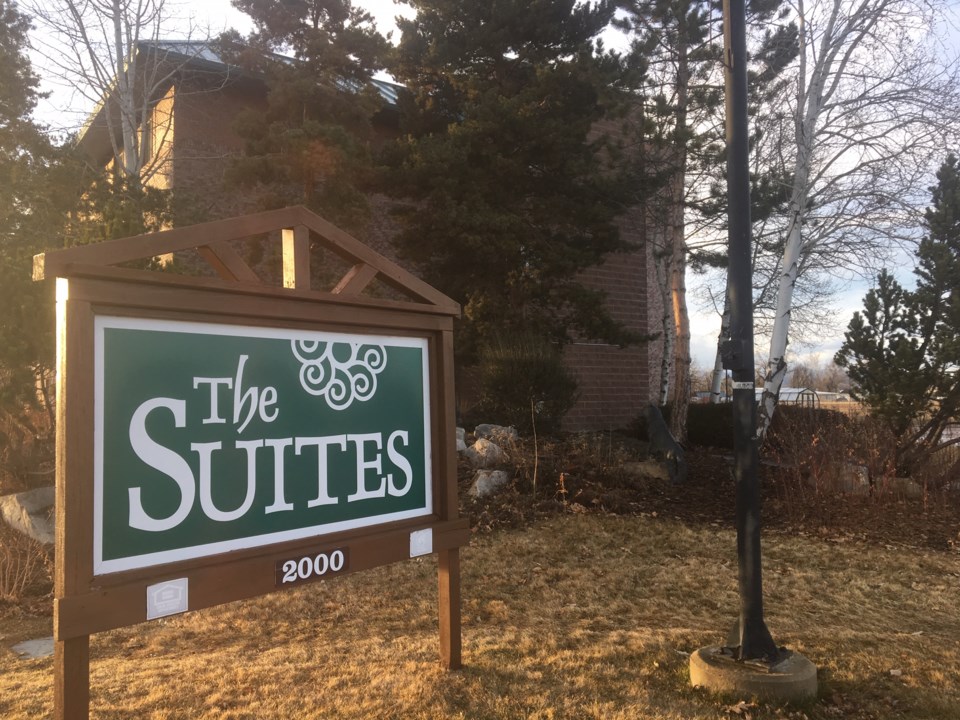Meth contamination in affordable housing units is posing a major issue for the Longmont Housing Authority.
The LHA provides housing and related services to low and moderate income people, the disabled and elderly in Longmont. During a meeting of the Longmont Housing Authority Board of Commissioners, which is composed of the Longmont City Council, City Manager and Interim Housing Authority Executive Director Harold Dominguez noted that meth use continues to put a strain on the limited resources of the authority.
“This is now turning into a financial challenge for us,” he said of the meth contamination.
According to the housing authority’s occupancy report for the end of March, four units are currently unavailable to rent due to meth contamination. Combined, the four units have seen 740 days empty with the longest vacancies at 314 days.
Meth contaminants may pose health risks to people, especially vulnerable populations like the young and elderly, even in small amounts. The city is required by law to hire a certified cleaning/decontamination company for meth cleanup.
Dominguez explained that the cost to remediate meth contamination varies depending on its extent. For minor contamination, testing and cleaning might cost around $8,000, but major mitigation projects where the unit has to be gutted and rebuilt can easily exceed $100,000.
The housing authority does have insurance which covers meth remediation, but that includes a $100,000 deductible meaning costs add up fast. The authority is also trying to build a fund to cover these types of costs, but the ongoing issue continues to squeeze resources.
“You get two significant meth contaminated properties, and that starts really pinching the financials for the individual property,” Dominguez said.
On top of that, Dominguez noted that the housing authority is simultaneously losing rental revenue while the meth contamination is remediated.
The housing authority is still looking into meth detectors that could be placed inside units, Master Police Officer Sara Aerne told the board. Some have been shipped from New Zealand, but Aerne plans to test and experiment with the detectors — a relatively new technology — before any would be placed inside a unit.
She said she’s also been getting information from a community currently using the detectors.
“We have some work to do as far as what that looks like in the lease, what that looks like as far as what setting we’re going to move forward with,” Aerne said.



